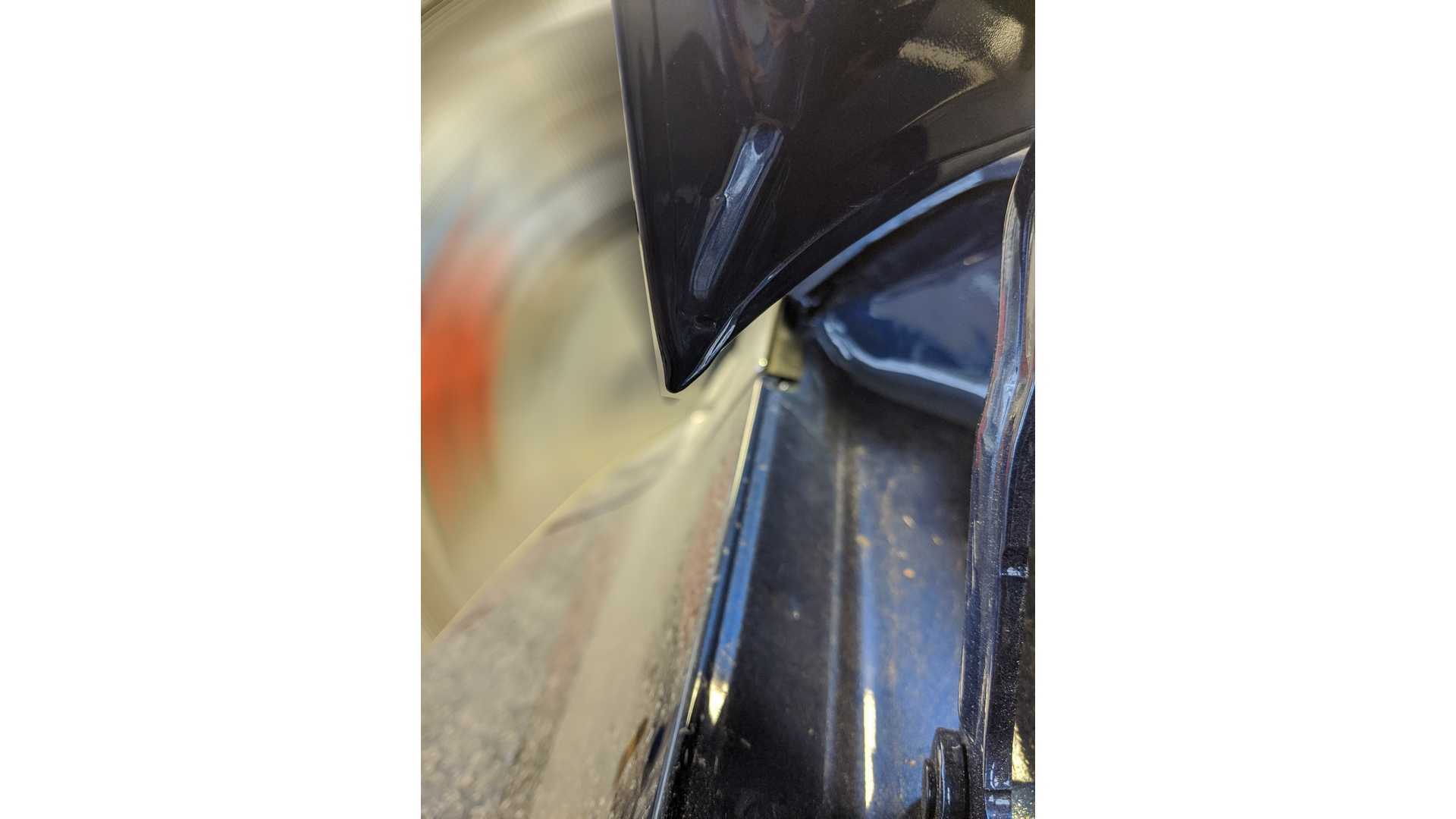The issue would be related to poor isolation of the deck lid.
On December 14, we brought you a video of a Tesla Model 3 literally taking a leak. It was filled with water, and, according to the car owner, it demanded it a whole 5 minutes to stop passing water. When we finished the article, we asked if it was a one-car thing or a more widespread problem. And we got some answers: it definitely is more common than we could expect. But you can fix it yourself, should you want.
Gallery: Although Tesla Model 3 Incontinence Is A Common, You Can Fix It Yourself
11 Photos One of our sources even sent us pictures of a deck lid with the issue. They are the images you see in this article. Unfortunately, we cannot reveal this person’s identity because that could be a cause for unemployment, and this good soul has mouths to feed. One of the tips we received, supposedly from a former Tesla employee, said it had to do with the lack of a drain tube, which could be unproperly installed or not installed at all. Fortunately, our good soul helped us to avoid this banana skin and not to report anything wrong or false. “The deck lid does not contain any drain tubes inside or attached to it. It is not supposed to be water inside of the deck lid at all.” It makes perfect sense. Why would Tesla allow a part to accumulate water? That adds up weight and weight eats up the range, precisely the opposite of what the company wants for its cars. So forget about any assembly issue. It has to do with manufacturing: Tesla did not seal some parts the way it should. “That is a very common problem with the Model 3. If they have an early Model 3, the problem usually is worse. They are getting better much better from 2018 on. It’s like a hit or miss thing. Some of the cars have it, and a lot of the newer ones don’t. It’s like they are getting better as they build them because they are finding the problems from all the first ones.” Our good samaritan rephrased that: Tesla knows for sure about the leaking issue and that there are other models involved, such as the Model S. The deck lid would not be the only one in need of attention. “Some of the areas are behind the taillights. To prevent this, take out the rear lights and go over all the seams where the metal meets metal and overlaps and make sure there are no gaps and skips in the factory seam sealer.” This water buildup may be the reason for taillight condensation on the Model 3, one of its most common problems. Considering the deck lid is not made of aluminum, should Model 3 owners be concerned about rust. According to our anonymous friend, relax about that – but not about the condensation. “I could see that possibly causing rust issues, but Tesla does do a great job of making sure there is primer and paint in all tight locations so that the metal is protected. It’s more of a nuisance and could cause electrical issues if the problem continues.” If you are a DIY kind of person, here’s the point you can get down to business. “The picture of the corner of the deck lid is where the little hole is. It lets in and lets out some of the water. That’s where the water is coming from in that video that you wrote about. That hole is not supposed to be there. That would be a skip or gap, which would be fixed by applying a clear or colored (if basic color) car seam sealer – silicone sealer or polyurethane sealant.” If your Model 3 takes a leak in public like the one in the video, give it some TLC – tender loving care – or ask Tesla to provide that. It is better than risking a rust problem or carrying extra weight for no reason. Mainly because the Model 3 already has enough rust issues to worry about. Source: Read Full Article












